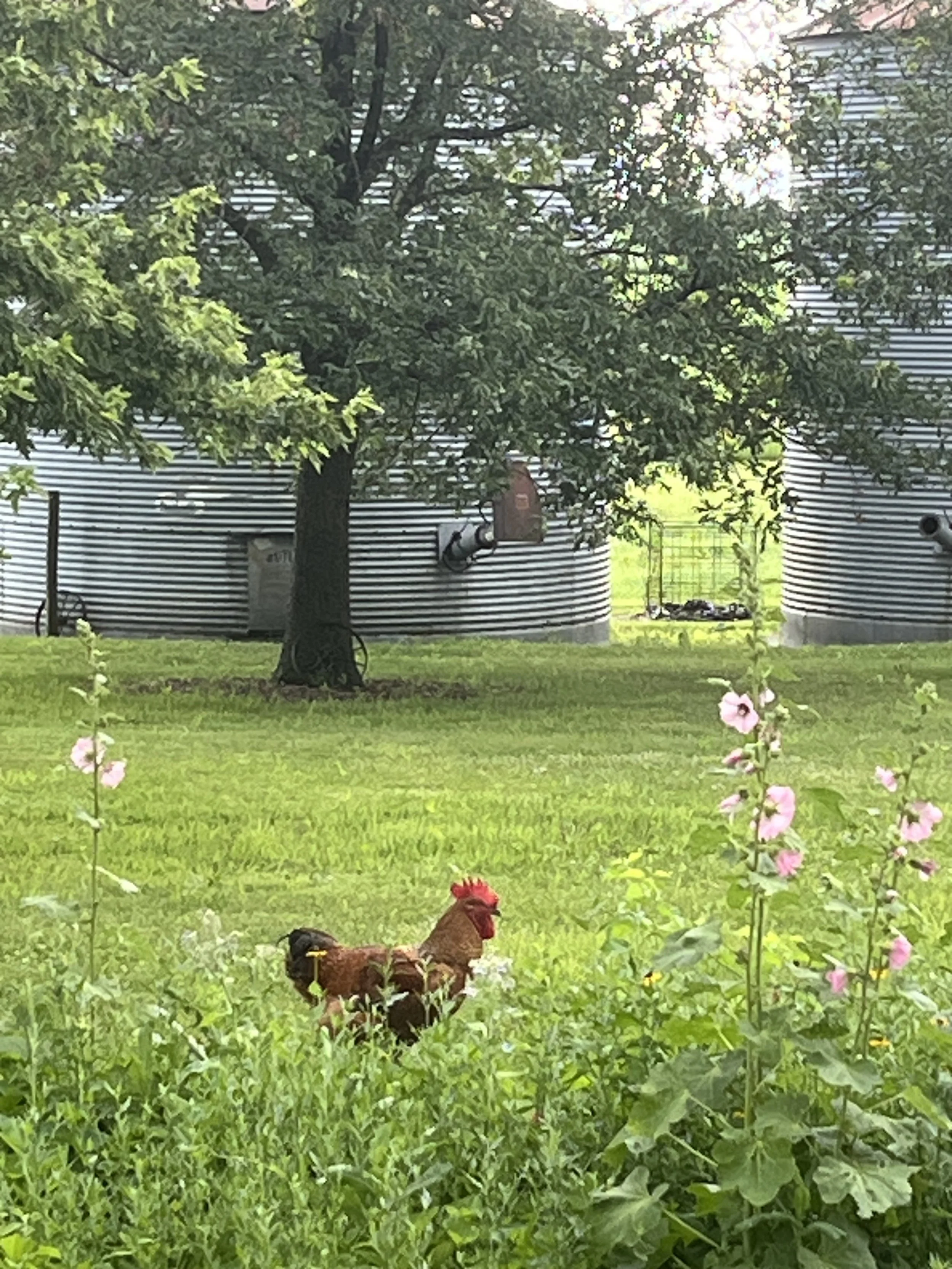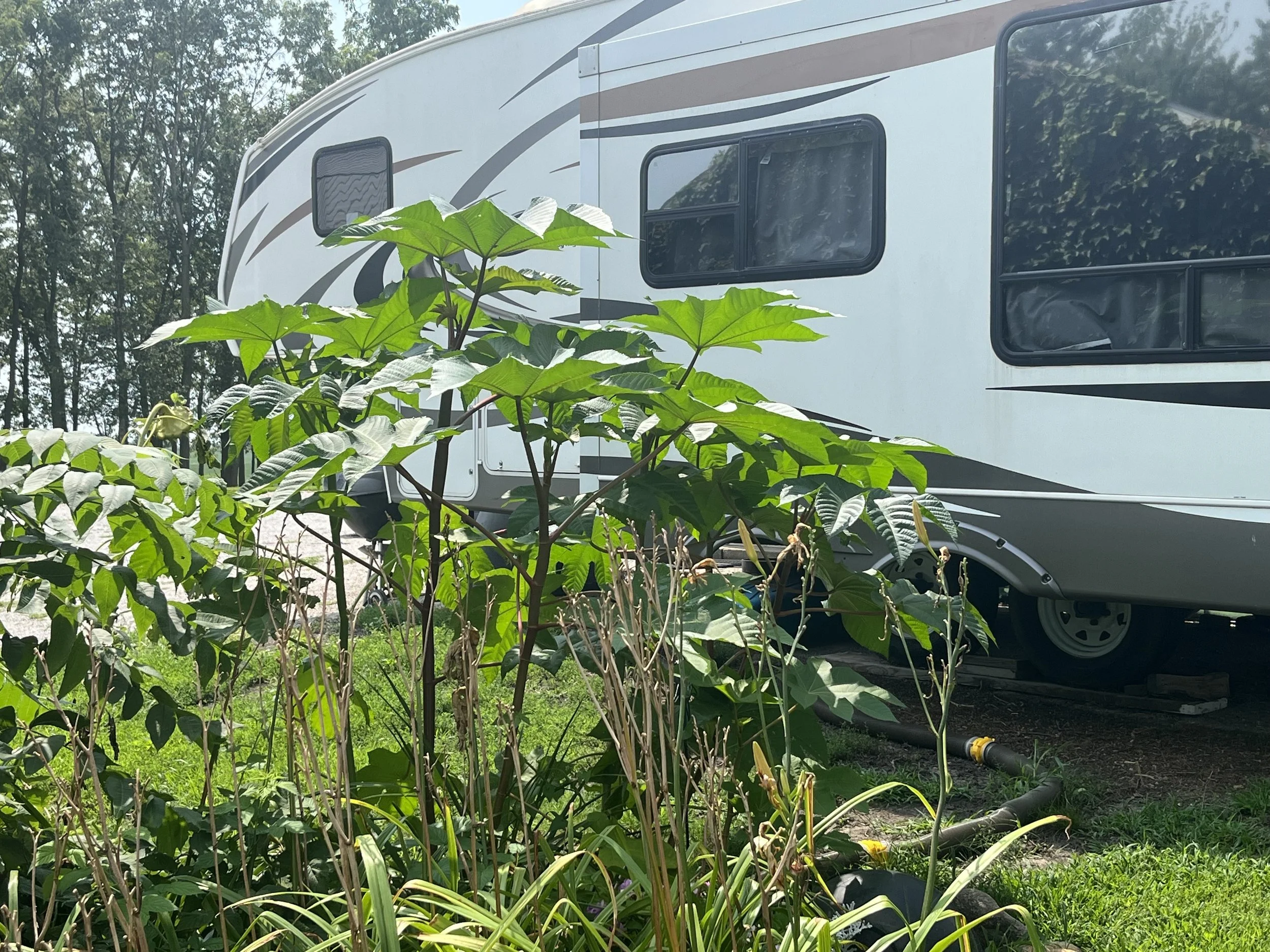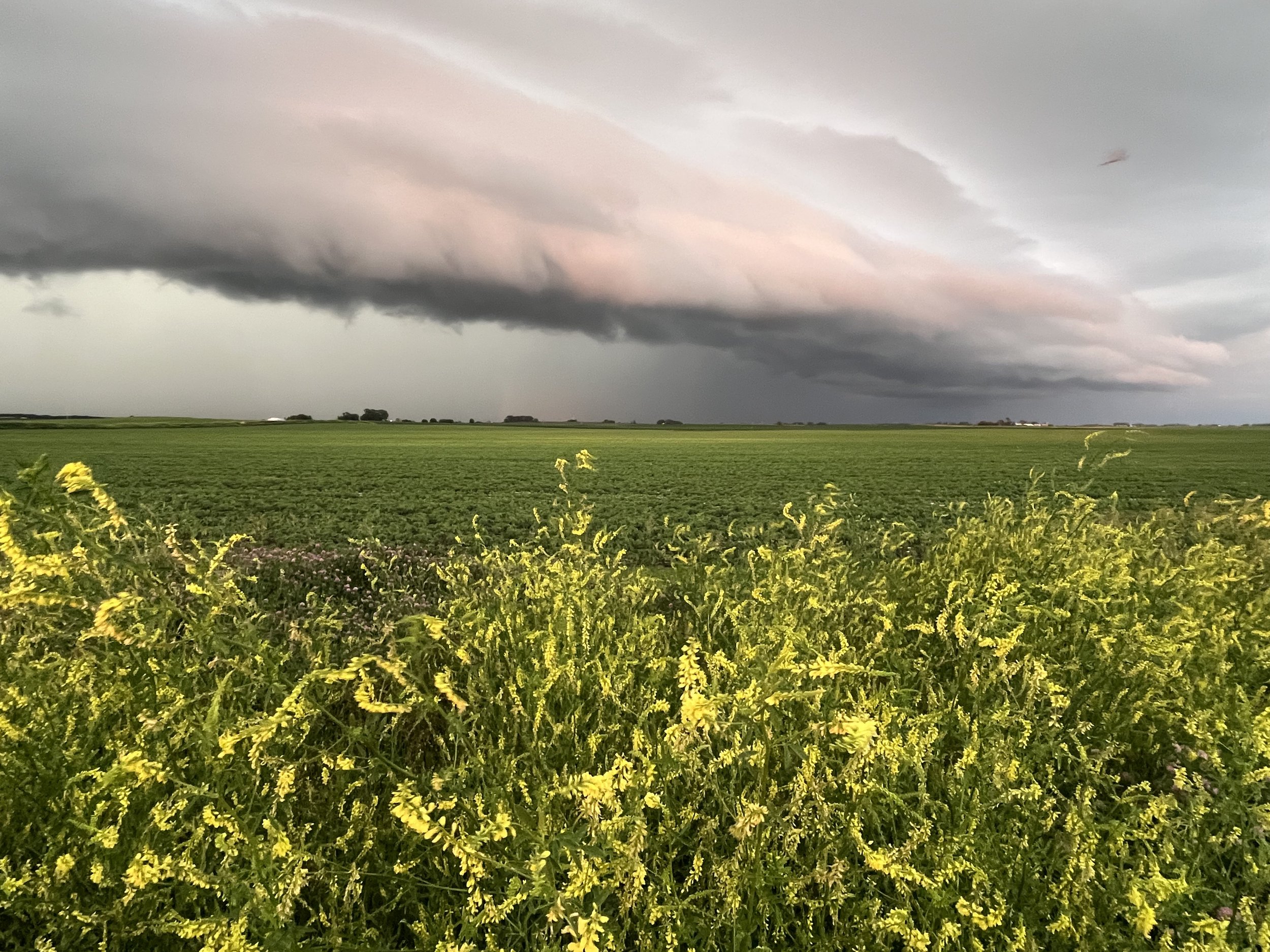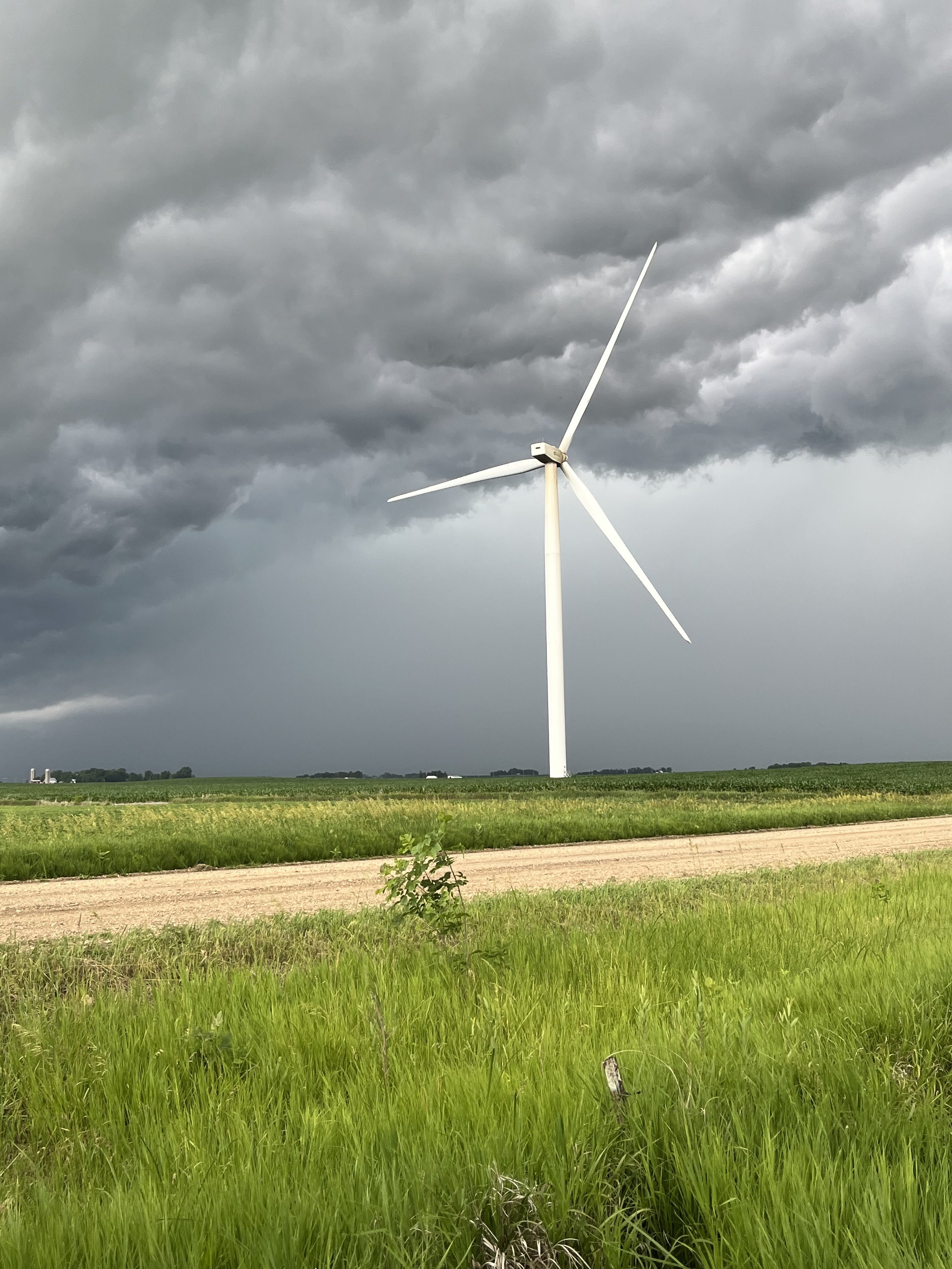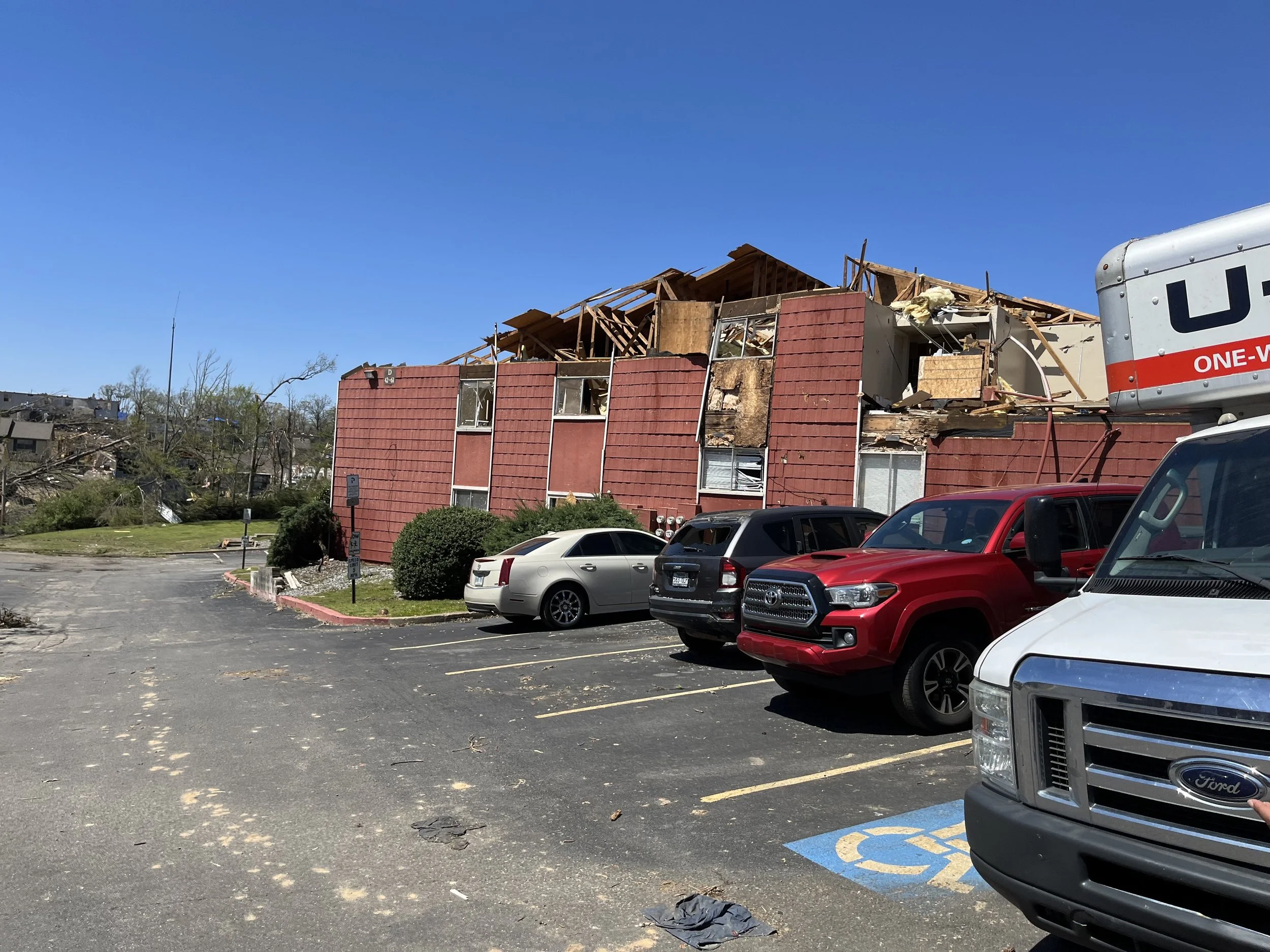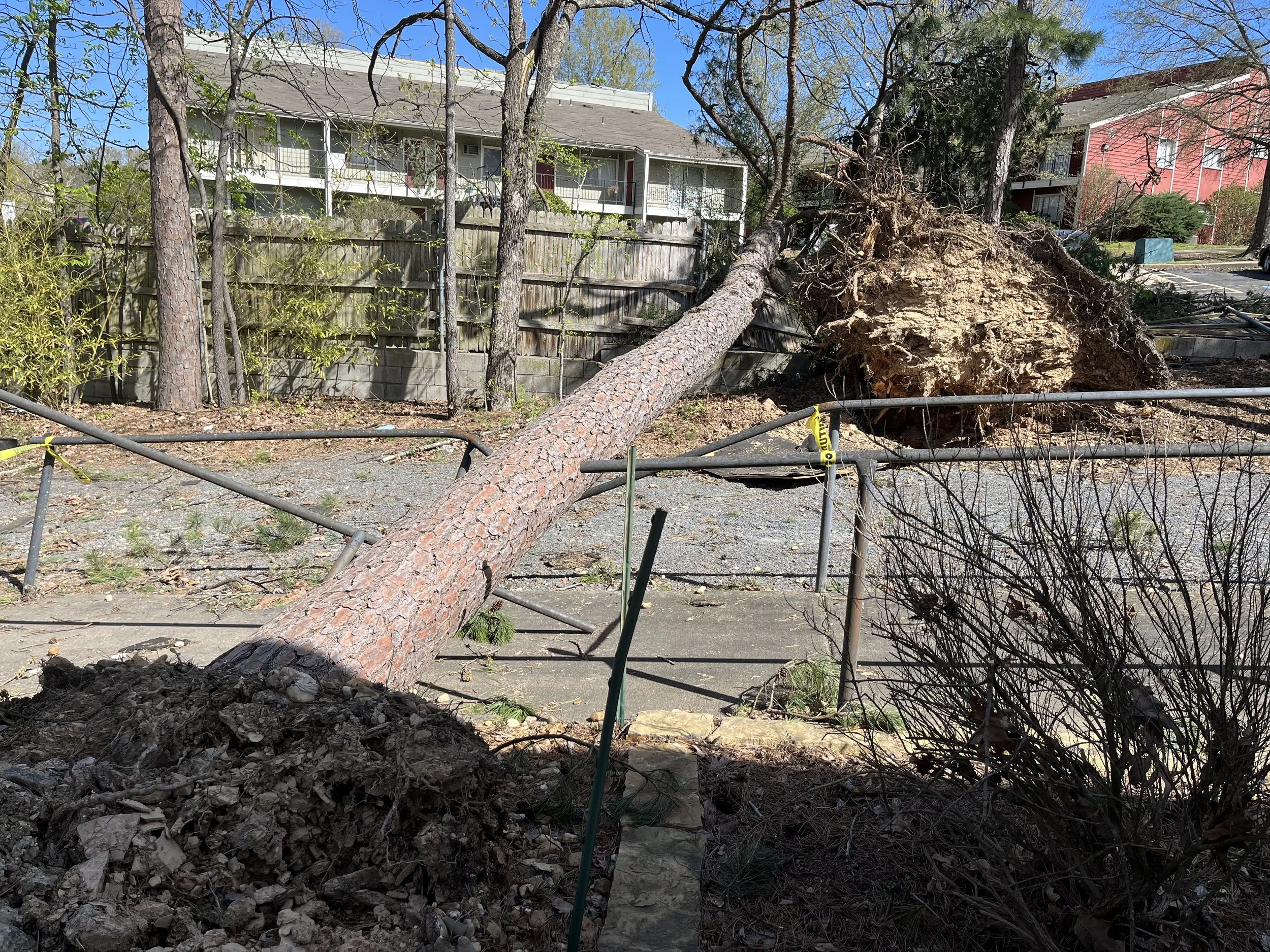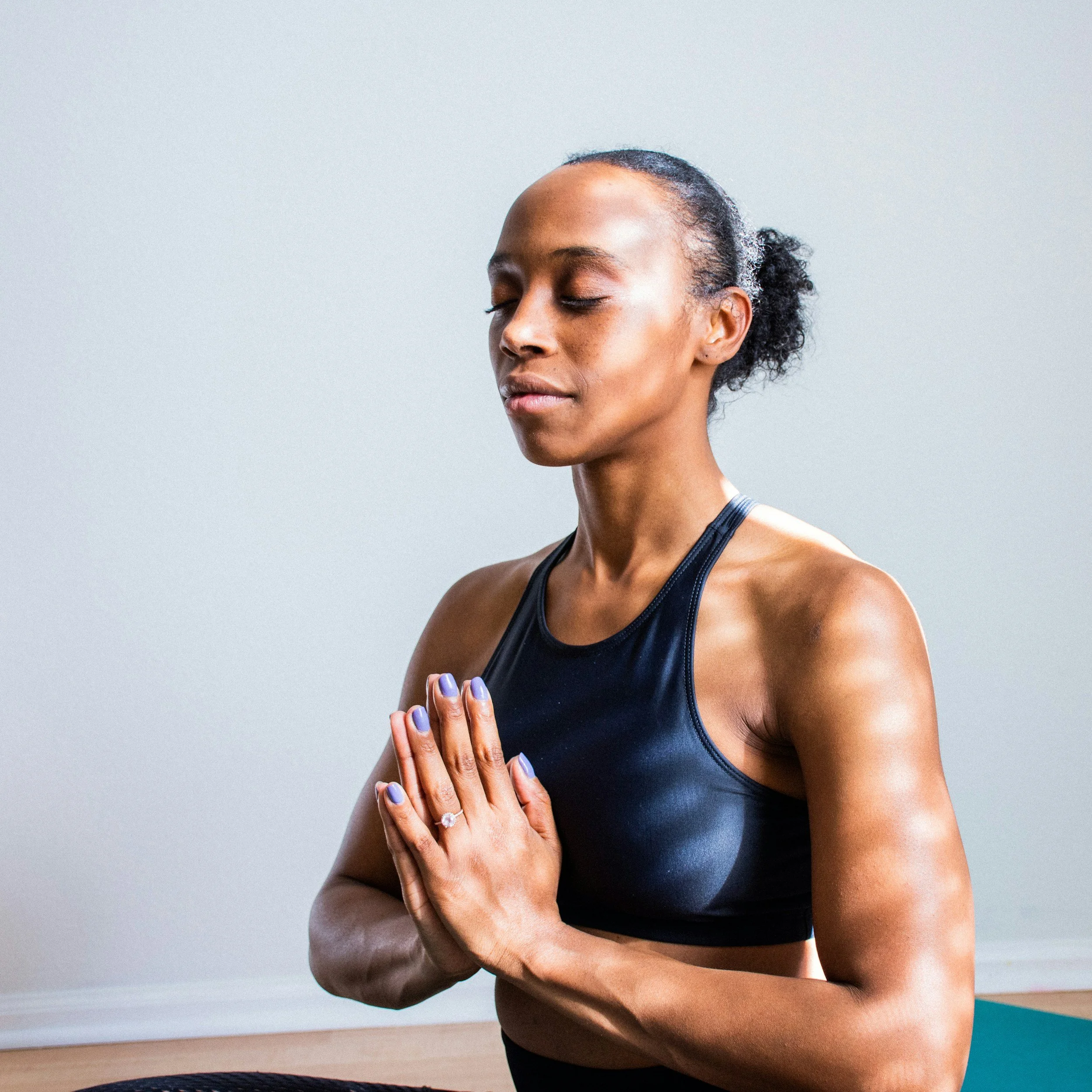Post #5: Daily Virtual Reality: Sensation vs. Perception and the Production of Neuroplastic Symptoms
6-minute read
Reality is greatly influenced by perception and perception is influenced by life experiences. I recently had a vivid example of how previous experience shaped my perception. This summer, my husband, Brian, and I have been staying at his parents’ pastoral Iowa home, flanked by soybeans and corn fields, and complete with bon fires and pasture-raised chickens…but also unstable weather.
Having already slept for two months in a camper parked next to my in-laws’ home, I had gotten used to occasional “camper tremors” produced by Brian’s movements in the tiny “bedroom” or bathroom while I slept on the couch. One night in late July, I woke up in the wee hours of the morning to prolonged vibrations. The air conditioner’s white noise blocked outdoor sounds, so I squinted open my sleepy eyes and pushed back the curtain to see straight line winds and rain battering trees and broad-leafed castor bean plants. My heart instantly began to race, and Brian and I began our evacuation from camper to house. When Brian released the handle, the camper door flew open, breaking off a hinge. I teetered in the 60 mile an hour winds on the first of three steps and made a controlled fall from camper to ground. Deep purple clouds loomed over incoming light pollution from the nearby town of Ames, where Iowa State University lies, ironically, the mascot home of the Cyclones.
The next night we anticipated 100 mile an hour hurricane-force derecho winds to pass just north of us, so we “glamped” again. Yet when the camper shook with winds half as strong as the previous night, I woke up to my brain’s natural danger signal stimulating heart racing. On the third consecutive night, there was no anticipated weather. When I sensed a camper tremor, my dream visualized a storm and startled me awake. But, in this instance, it was only Brian walking to the camper bathroom.
The article, “Interoceptive predictions in the brain,” (Nature Reviews Neuroscience, 2015) states that nerve cells don’t just react. They anticipate the meaning of sensations through a filter of prior knowledge and experience. Two serial nights of camper shaking associated with a potentially dangerous storm created my neural circuit of fear and heart racing. On the third night, the same sensation led to my learned perception of danger and resulting bodily reaction, before I realized it was just Brian up for a midnight pee.
In many cases, a related event years ago may have primed brain to body reactivity. In March 2023, I sheltered in my parents’ Little Rock home as an EF3 tornado with winds up to 165 miles per hour narrowly missed our neighborhood. The storm injured more than 50 people and damaged over 2600 structures. I can’t count how many other times over the years the local siren has sounded day or night, leading me to huddle with my husband and parents in a sad excuse for a storm shelter. These Arkansas weather experiences primed me for such a significant “fight or flight” reaction to the latest weather in Iowa.
The brain’s most important function is to keep the body safe
Predictive processing or predictive coding are terms used to describe how the brain doesn’t just react to circumstances, but actually anticipates what will happen next. The eyes, ears, nose, tongue, and skin bring in visual, auditory, olfactory, gustatory, and tactile sensations, but the brain produces a perception in the context of past experiences.
The authors of “Symptoms and the body: taking the inferential leap” (Neuroscience & Biobehavioral Reviews, 2017) agree that subjective physical symptoms are not a direct record of bodily activity. Rather, they are an inference based on unconscious predictions. Symptoms are not created solely top down or bottom up. It’s both. In addition to experience, several things modulate our perceptions, including personality traits, mood, health status, and beliefs. And, regardless of whether the symptoms are produced by expectation alone (placebo) or peripheral stimulation (tissue-damaging injury), the same brain areas are activated.
A person who has had negative prior health experiences or difficult current circumstances will likely experience more intense and prolonged pain after injury than one who has had neutral or positive health experiences and a supportive environment. It’s not the broken leg that causes pain, but rather the brain’s danger signal that does. Active pain chemicals from acute injury contribute to pain perception, but so does emotional state.
Predictive coding is meant to keep the body safe, yet the brain’s perception is not always accurate. After witnessing several poisonous snakes on Arkansas hiking trails, I’ve almost begun to expect them. At times, I’ve been tricked by a curvy tree root or textured stick on my path. Before I can even consider an emotion, my mind perceives a snake and sends tension signals to my legs to jump away.
In Conscious: A Brief Guide to the Fundamental Mystery of the Mind, Annaka Harris explains how perceptions lag behind senses. The nervous system creates immediate response to events before conscious understanding. “The brain knows before you do.” Therefore, conscious will is an illusion. “We can’t decide what to think or feel any more than we can decide what to hear or see.”
“We can’t decide what to think or feel any more than we can decide what to hear or see.”
My “camper heart” is a clear example of how the nervous system “fight or flight” reaction ingrains bodily symptoms. Consider other examples: a traumatic experience or repetitive daily stress may affect the immune system, muscle tension, and gut or urinary tract function, leading to chronic fatigue, back pain, fibromyalgia, irritable bowel syndrome, urinary retention, and so on.
How can we heal symptoms if they are based on past experiences coded in the unconscious, you ask? With awareness and practicing new responses. Dr. Joe Dispenza, researcher and bestselling author of Breaking the Habit of Being Yourself: How to Lose Your Mind and Create a New One, acknowledges that we are wired to follow automated neural circuits, but this is software, not hardware. Change your habits of mind and you can create a new personality and a new reality.
6 ways to prevent or unlearn neuroplastic symptoms:
1. Practice nervous system relaxation
· Enjoy regular mindfulness, meditation, and flow activities (see blog post #2).
2. Decrease hypervigilance
· Reassure your worried mind by journaling.
· Second guess your inner critic and learn to question your every perception to unlink negative thoughts and emotions from automatic bodily responses.
3. Put experiences and health concerns into rational perspective to change expectation
· Make an appointment with Dr. Hollander to tease out what is brain-related and reversible (neuroplastic) and what is not.
· Learn what anatomic changes on imaging studies like MRI, CT scan, and X-ray are commonly incorrectly correlated with symptoms by both medical practitioners and patients. (see my video below)
4. Practice somatic tracking
· Several times a day, for 30-90 seconds, close your eyes and notice your pain or symptom sensations without fear or judgement. Have outcome independence: don’t pressure yourself that symptoms have to resolve after any one session. Over time, you will disconnect body parts from negative emotions and associate them instead with safety signals to reduce or even resolve your symptoms altogether.
5. Create new positive experiences to replace previous negative experiences
· In the case of back pain, for example, replace fear-inducing back movement with the joy of swimming or dancing to music. Start slow, just a few minutes a day.
· Practice awe and gratitude. (see blog post #2)
6. Reassociate past stressful or traumatic experiences with safety signals
· Accessible with Dr. Howard Schubiner’s Unlearn Your Pain workbook, his “Time Traveler Visualization” guides you to your previous self to provide signals of safety. For example, visualize returning to yourself as a child when your parents were fighting or return to yourself last week when your boss degraded you in front of your coworkers. Imagine taking your previous self out for ice cream, going to the beach, or giving them a big hug so they know that they’re not alone. Just as a significant traumatic event or chronic repetitive stress create symptoms, repetitive safety signals unlearn symptoms by creating new neural circuits.
The soundtrack to your healing journey: Sensation Perception by Amer Greystoke
-
In the desert and thirsty,
All that you see is water,
In the crowd and lonely,
All you see is lovers,
Hey now, don’t trust your eyes,
All that they ever tell you is lies,
It’s your ears, it’s your feet, it’s your hands when they meet,
And they feel, that’s what is real,
Touch, feel, that’s what is real
Touch, feel, that’s what is real
On the ocean and thirsty,
All you see is water,
In his arms and he’s angry,
All you can see is your lover,
Hey now, don’t trust your eyes,
All that they ever tell you is lies,
It’s your ears, it’s your feet, it’s your hands when they meet,
And they feel, that’s what is real,
How do you know when the feeling’s gone?
Nobody tells you when they’re not there,
My feet can’t feel the ground it’s on,
Drifting along in the open air,
How do you know when the feeling’s gone?
Nobody tells you when they’re not there,
My feet can’t feel the ground it’s on,
Drifting along in the open air,
Drifting along in the open air.
The weather eventually clears…near Ames, Iowa. Summer, 2025.
All the photography of Iowa scenes and Arkansas tornado destruction is by Rachel Hollander.


